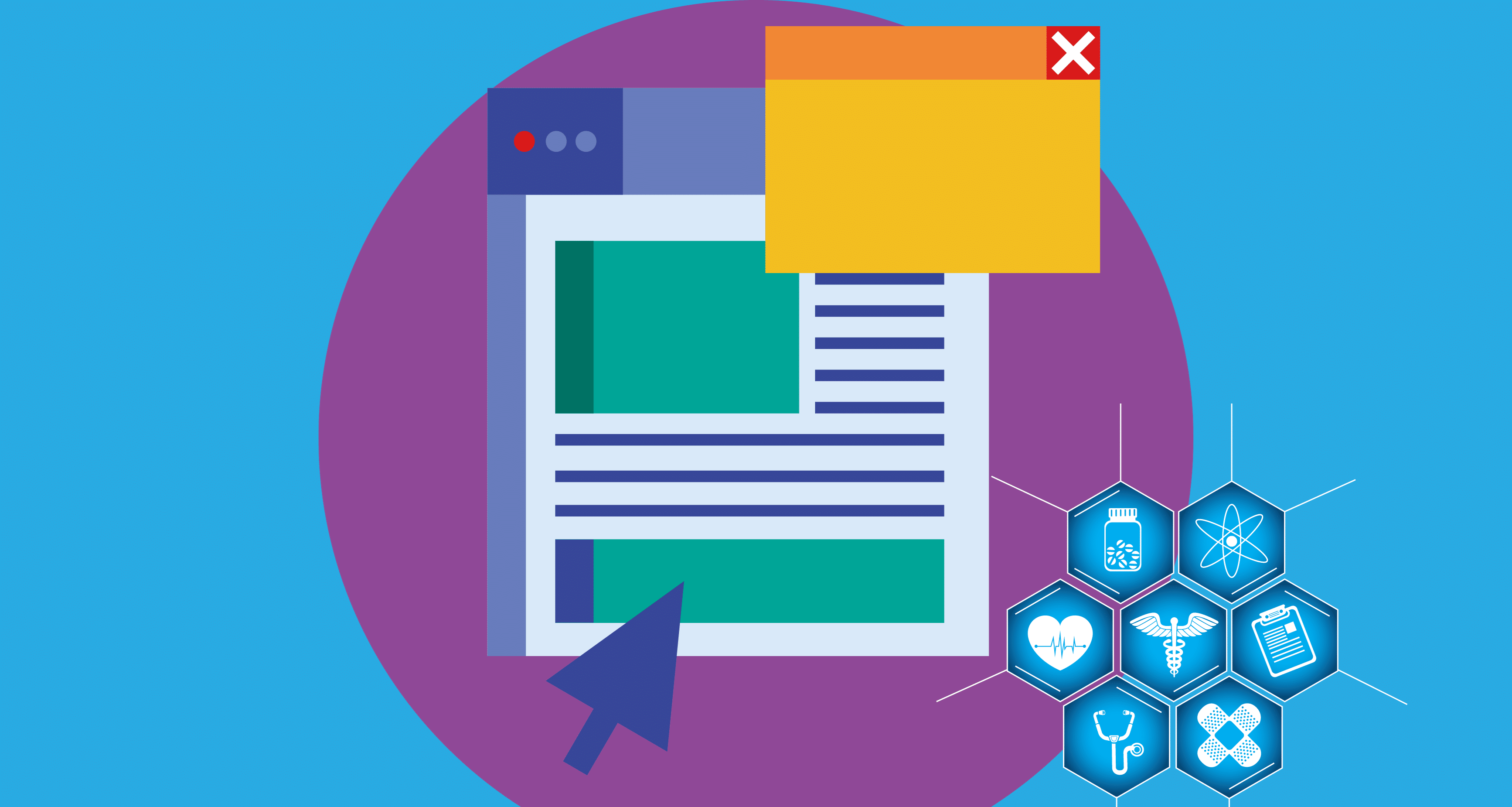Healthcare compliance can be complicated when you factor in all the various regulatory compliance laws that apply to your business. The good thing is, that using guidance from the Office of Inspector General (OIG) as your compliance plan template can make it easier, while ensuring the effectiveness of your healthcare compliance plan.
What is a Compliance Plan in Healthcare?
An effective healthcare compliance program consists of several components. According to the OIG, seven elements make up an effective compliance program.
- Implementing written policies, procedures, and standards of conduct
- Designating a compliance officer
- Conducting effective training and education
- Developing effective lines of communication
- Conducting internal monitoring and auditing
- Enforcing standards through well-publicized disciplinary guidelines
- Responding promptly to detected offenses and undertaking corrective action
These elements can be applied to various regulatory standards, including HIPAA, OSHA, SOC 2, FWA, and FCA.
1. Healthcare Compliance Program Policies and Procedures
Healthcare compliance program policies and procedures serve as a guide for your organization and employees. Policies and procedures are essential for ensuring the privacy and security of protected health information (PHI). They also guide safe work practices to protect employees and patients from workplace hazards.
2. Importance of Designating a Compliance Officer
Designating a Compliance Officer ensures that your organization follows policies, procedures, and the code of conduct. They’re responsible for handling responses to reported breaches or incidents, and implementing corrective actions. This individual ensures your healthcare organization understands regulatory requirements across federal and state laws.
3. Employee Compliance Training
Healthcare compliance training is important to compliance and ensures patient and employee safety. Your employee training program must cover several topics, including proper use and disclosure of PHI, cybersecurity best practices, workplace hazards, and how to report incidents.
4. Effective Lines of Communication
Creating a culture of compliance depends on safe, accessible communication pathways. All employees and stakeholders must have a confidential method of reporting regulatory concerns. Whether it’s an unsafe working environment or a data security concern, compliance hinges on employees being able to report these issues without fear of retaliation.
5. Internal Monitoring and Auditing
Routine audits to monitor regulatory compliance ensure internal processes are compliant. Audit results allow the compliance officer to refresh and reset compliance goals and practices.
6. Enforcing Standards and Disciplinary Guidelines
Responding quickly to any deviation in compliant behavior is key to protecting an organization and its patients. Disciplinary guidelines are often published in employee handbooks, and include what the process is.
7. Responding to Offenses and Corrective Action
Quickly responding to any deviation in regulatory compliance is key to the ongoing success of an organization. Some compliance deviations may require legal involvement, professional board reporting, insurance submission, and of course, board reporting. Regularly reviewing and enhancing regulatory controls are key to staying ahead of regulatory concerns.
Compliance Plan Template for Healthcare
Using the seven elements as your healthcare compliance plan template ensures you have the measures you need to meet regulatory standards. A valuable tool to help you in your compliance journey is compliance tracking software.
Using software as your compliance plan template gives you a snapshot view of compliance across your organization. Meeting multiple regulatory standards can be overwhelming, but with software, you remove redundancies as your work is applied across all relevant standards.
You can quickly assess your compliance readiness status, see your open tasks, and keep all your compliance documentation in one place. This lets you easily pull reports confirming that you are meeting compliance standards.
Using a compliance plan template designed explicitly for healthcare is essential to meeting all your requirements.
Compliancy Group offers an interactive compliance plan template for healthcare that’s built into a simple-to-use software platform. You can use the templates as is or customize them for your specific needs. Our software supports HIPAA Security, HIPAA Privacy, OSHA Dental, OSHA Medical, SOC 2, and more.







